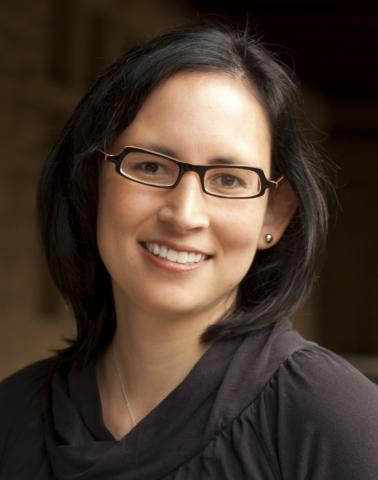Soft Robots for Humanity
ABSTRACT:
Traditional robotic manipulators are constructed from rigid links and localized joints. This enables large forces and workspaces, but restricts access and creates safety challenges. In contrast, many soft robots have a volumetric form factor and continuous bending that takes advantage of their flexible, deformable materials to access difficult spaces — but these same mechanical properties can hinder forceful interactions with the environment. This talk will examine robotic systems that achieve the best of both worlds by leveraging softness and rigidity for novel shape control in order to enable manipulation and locomotion, access hard-to-reach locations, and provide a compliant interface to the human body. Knowing when to exploit and when to alter some of the inherent consequences of softness is key to making soft robots that can be deployed to benefit human health, safety, and quality of life.
BIO:

Allison M. Okamura received the BS degree from the University of California at Berkeley in 1994, and the MS and PhD degrees from Stanford University in 1996 and 2000, respectively, all in mechanical engineering. She is currently Professor in the mechanical engineering department at Stanford University, with a courtesy appointment in computer science. She is currently the Editor-in-Chief of the journal IEEE Robotics and Automation Letters. She has been an associate editor of the IEEE Transactions on Haptics, editor-in-chief of the IEEE International Conference on Robotics and Automation Conference Editorial Board, an editor of the International Journal of Robotics Research, and co-chair of the IEEE Haptics Symposium. Her awards include the 2020 IEEE Engineering in Medicine and Biology Society Technical Achievement Award, 2019 IEEE Robotics and Automation Society Distinguished Service Award, and the 2016 Duca Family University Fellow in Undergraduate Education. She is an IEEE Fellow. Her academic interests include haptics, teleoperation, virtual environments and simulators, medical robotics, soft robotics, neuromechanics and rehabilitation, prosthetics, and education. Outside academia, she enjoys spending time with her husband and two children, running, and playing ice hockey (the latter in non-pandemic times!).